Would you like to know if tomatillos are self-pollinating? Well, we have researched this topic and have the answers for you. It's vital to know if tomatillos are self-pollinating so you know whether you need more than one plant.
Tomatillos are not self-pollinating. You will need at least two tomatillos for them to pollinate and produce fruit.
In this article, we will learn the details behind whether tomatillos are self-pollinating or not. We will also learn the answers to other interesting related questions, such as why my tomatillos are not producing fruit and why my tomatillos are dying. Keep reading to learn more.
Are Tomatillos Self-Pollinating?
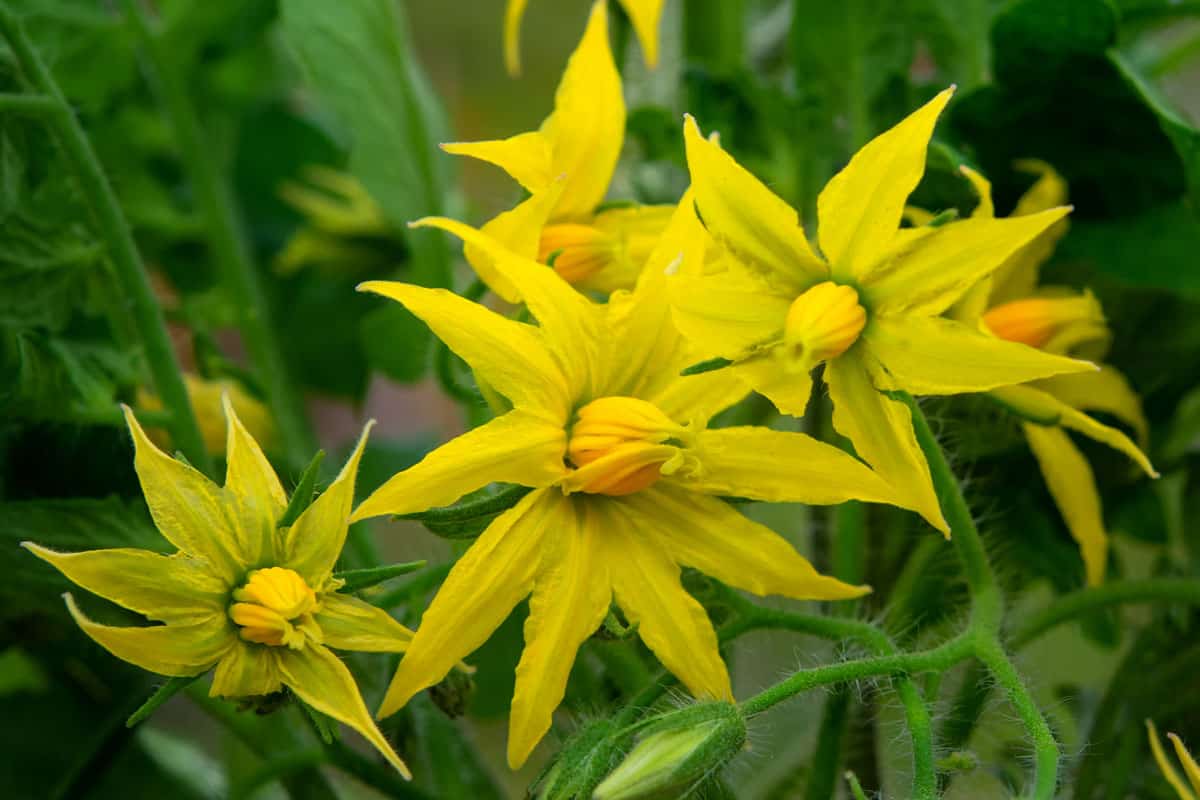
Tomatillo plants cannot be pollinated with their own pollen. The plant requires pollen from another tomatillo to produce fruit.
If you have at least two tomatillos plants, they should be able to pollinate. Bees do this pollination and other small insects that are attracted to the tomatillo's flowers.
To increase the yield of tomatillos, you will need to attract many pollinators. You can do this by planting lots of tomatillos to attract more insects. It can also be helpful to plant wildflowers nearby to attract pollinators.
If you only have a few tomatillos and there aren't many flowers in your yard, you can manually pollinate your tomatillos. To manually pollinate your tomatillos use a small paintbrush to transfer pollen from one tomatillo plant to another.
Be gentle when manually pollinating tomatillos to avoid damaging the flower. If the flower receives too much damage, it may not produce fruit.
Why Are My Tomatillos Not Producing Fruit?
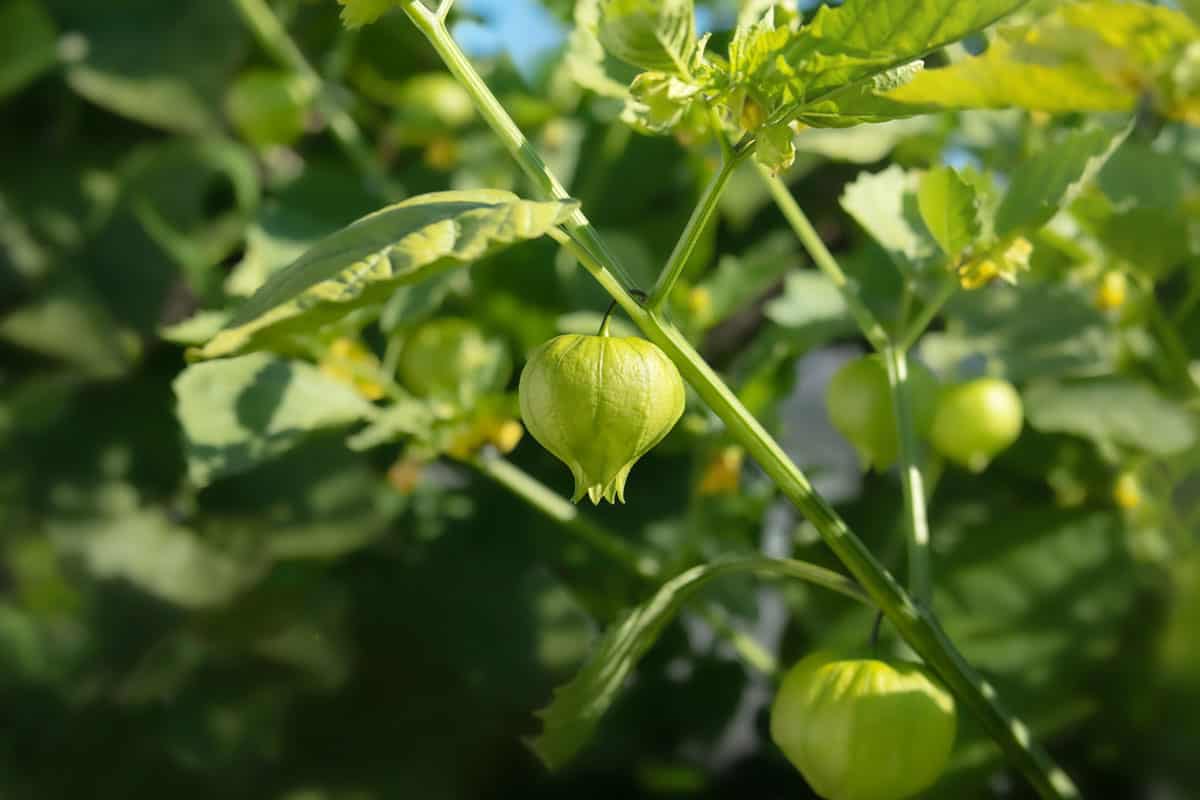
There are a couple of reasons your tomatillos may not be producing fruit. Let's examine the most common reasons your tomatillos aren't producing and learn how to remedy them.
Hot And Humid
When it's hot and humid, the pollen in your tomatillos can become clumpy and ineffective. Pollen becomes unviable at temperatures above ninety degrees Fahrenheit when paired with humidity above eighty percent. If you live in an area that regularly reaches these conditions, your tomatillos will have difficulty pollinating.
One solution is to grow your tomatillos inside. If you grow tomatillos inside, remember that you will need more than one plant and have to manually pollinate them to produce fruit.
You can also grow your tomatillos in a greenhouse. Greenhouses are great for humidity regulation allowing you to grow tomatillos in any climate.
Stress
Tomatillos will also have a difficult time fruiting if they are under stress. When a tomatillo plant is under stress, it will use its excess energy to survive and may not be able to produce fruit.
Let's learn how to identify stresses for your tomatillo plants and learn how to fix them.
Overwatering
To learn if you are overwatering your tomatillo plant check the soil around it. If the soil is thoroughly saturated with water, it will cause your tomatillos stress.
While your tomatillo plants must have access to water, too much can harm them. Plants need to be able to exchange gasses through the soil. Plants will begin to suffocate if the soil is fully saturated with water.
To help tomatillos that have been overwatered, start by not watering for a day or two. Allow the soil to dry until the top two inches are dry.
Next, begin rewatering with reduced watering times. It can also be helpful to reduce the number of days you water. If you don't see improvement in your tomatillos after a week, check them for bacterial or fungal infections, which are often brought on by overwatering.
Infections
If your tomatillos have an infection, they may not recover without assistance. Check their leaves for white or black spots to identify whether your tomatillos have an infection.
White spots usually mean a fungal infection, while black spots indicate a bacterial infection, though there are exceptions to the rule. Identifying the type of infection is essential since each kind of infection requires a different treatment.
Since it can be challenging to identify bacterial and fungal infections correctly, it's best to use a treatment that neutralizes both. Spray a treatment on the affected plants once a day for a week to help your tomatillos recover.
If you want to try a spray that treats fungal and bacterial infections, here are two of the best available on Amazon.
Garden Safe Fungicide 3
You can find this product here on Amazon.
Monterey Complete Disease Control
You can find this product here on Amazon.
Underwatering
If you are underwatering your tomatillos, the ground around them will be dry, and the plants will be wilting. Plants wilt because they are using the water stored in their cells to survive, leaving the cells unable to hold the plant up fully.
To help tomatillos that are suffering from underwatering, increase your watering times. It would be best if you raised your watering times slowly to avoid the many problems associated with overwatering.
Add five minutes per watering day and observe how your plants respond. If they still start wilting before the next watering time, increase watering times again until they stop wilting.
Over Fertilizing
If your tomatillos are stressed from over-fertilizing, there will be unique signs. As excess fertilizer is absorbed into the plant, it will try to pump it away from its roots to survive. This will lead to a build-up of fertilizer on the tips of your tomatillo leaves, turning them brown.
This pattern of the tips of your plant's leaves turning brown is called fertilizer burn and is a dead giveaway of over-fertilizing.
To help tomatillos that have been over-fertilized, you will need to flush away excess fertilizer with water. Water your tomatillos for two hours to allow the water to soak deep and wash away as much fertilizer as possible.
After flushing the soil, allow it to dry for two days to prevent drowning your plants. If you don't see significant improvement in your tomatillos after a week, flush the soil again.
How Long Does It Take Tomatillos To Ripen?
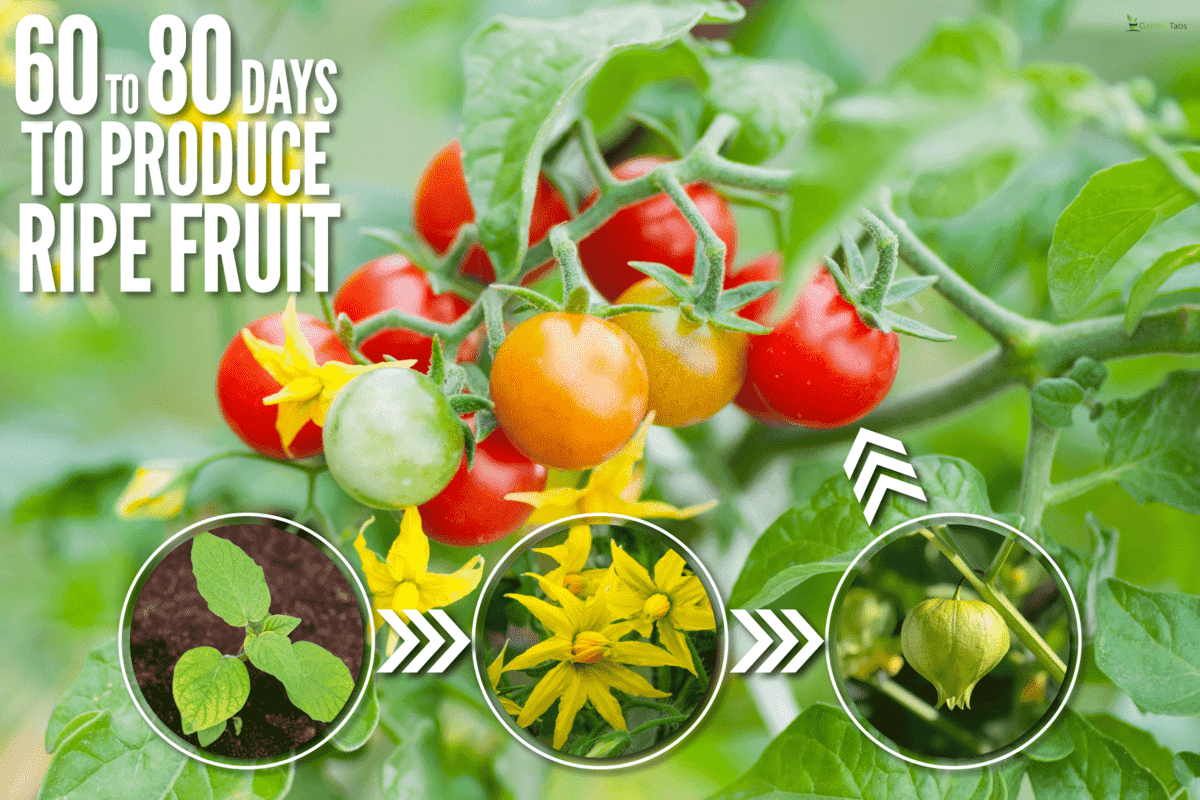
Tomatillos take between sixty and eighty days to produce ripe fruit after being planted as seedlings. From seed, tomatillos take one hundred to one hundred twenty days to produce mature fruit.
Many things can affect the speed of fruit maturing. Let's look at the factors with the most significant influence and learn how they affect fruit maturity.
Moisture
The level of moisture in the air can affect how fast tomatillos ripen. When the humidity is low, it can increase the speed of ripening.
In dry climates, your tomatillos will ripen ten to fifteen days faster than in wetter climates. You can use a greenhouse to ripen your tomatillos faster by dropping the humidity a couple of weeks before the tomatillos a ripe.
Quantity Of Other Fruit
The number of tomatillos you grow can also affect the speed of fruit ripening. When the fruit starts to ripen, it releases a gas called ethylene, which signals other fruit to ripen.
If you grow a half dozen or more tomatillo plants near each other, they will ripen a week or two earlier than if there were only two.
Temperature
Temperature can also affect the speed your tomatillos ripen. When it's warmer, your tomatillos will release more ethylene, speeding up ripening.
A greenhouse can increase the temperature around your tomatillos to shorten ripening times by a week or two.
Do Tomatillos Come Back Every Year?
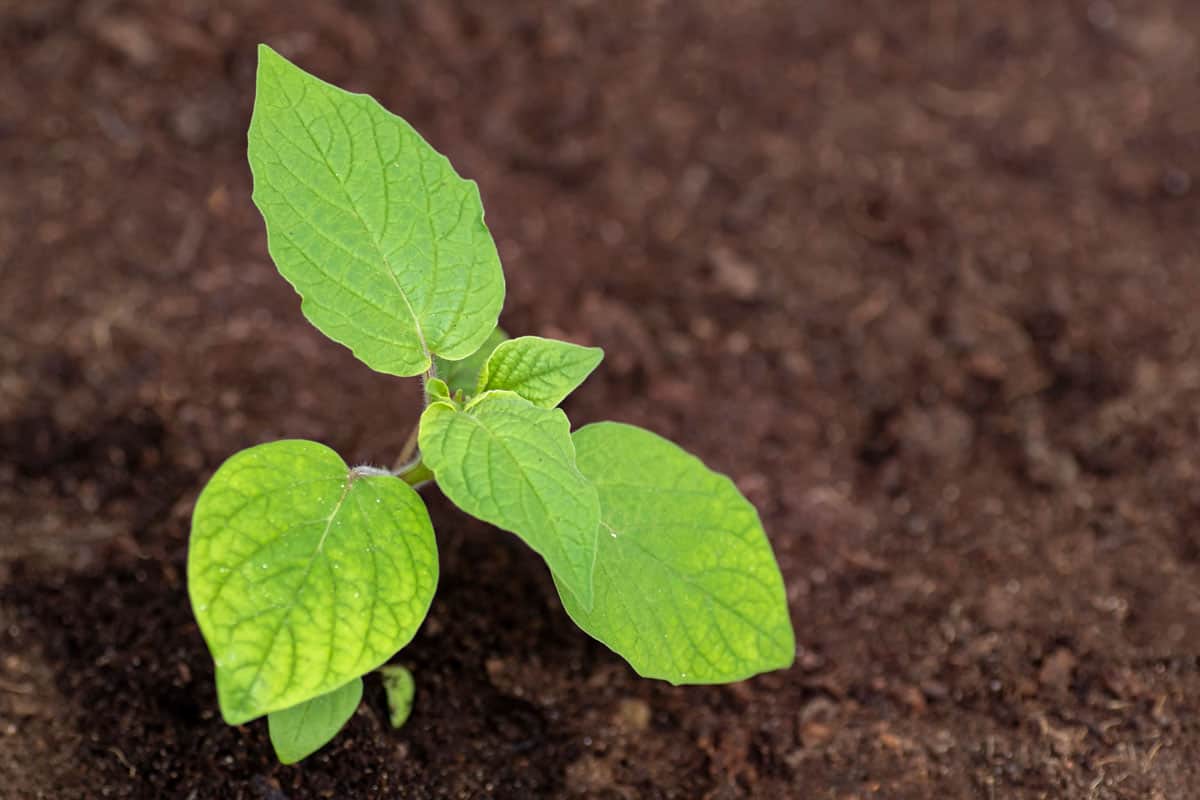
Tomatillos are not frost resistant and will ultimately die off during the winter. You often will see tomatillos returning each year because of dropped fruit from last year releasing seeds into the ground.
Tomatillos are so good at propagating this way that in many countries, they are considered an invasive species. If you wish to propagate tomatillos, you can allow some fruit to fall on the ground before winter and transplant the new sprouts in the spring.
To grow tomatillos next year from this year's seeds, you should scoop seed-filled pulp from several tomatillos and soak it in a cup of water. Leave the cup of water at room temperature for a week and allow it to mold over.
Allowing the water to ferment like this simulates the conditions of a tomatillo rotting on the ground and is essential for the seed germinating.
Next, gather the seeds and spread them on a baking sheet to dry. Once the seeds are dry, they are ready to be planted four to six weeks before the last frost for next year's tomatillos.
Final Thoughts
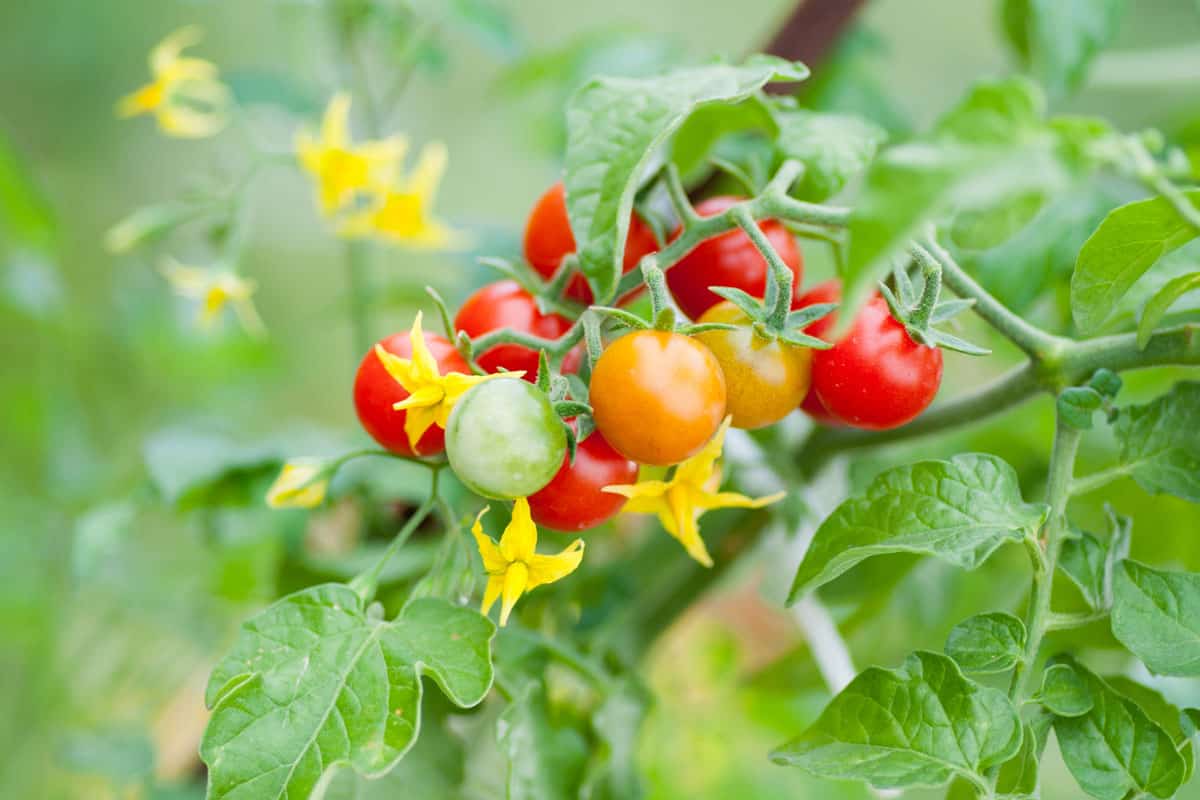
In this article, we learned that tomatillos are not self-pollinating and require at least two plants to produce fruit. We also discovered several reasons your tomatillos may not produce fruit and how to remedy them.
Remember, while tomatillos don't return yearly, dropped seeds often cause them to regrow each spring.
We hope you enjoyed this article. If you want to learn more, check out some of these other posts.


